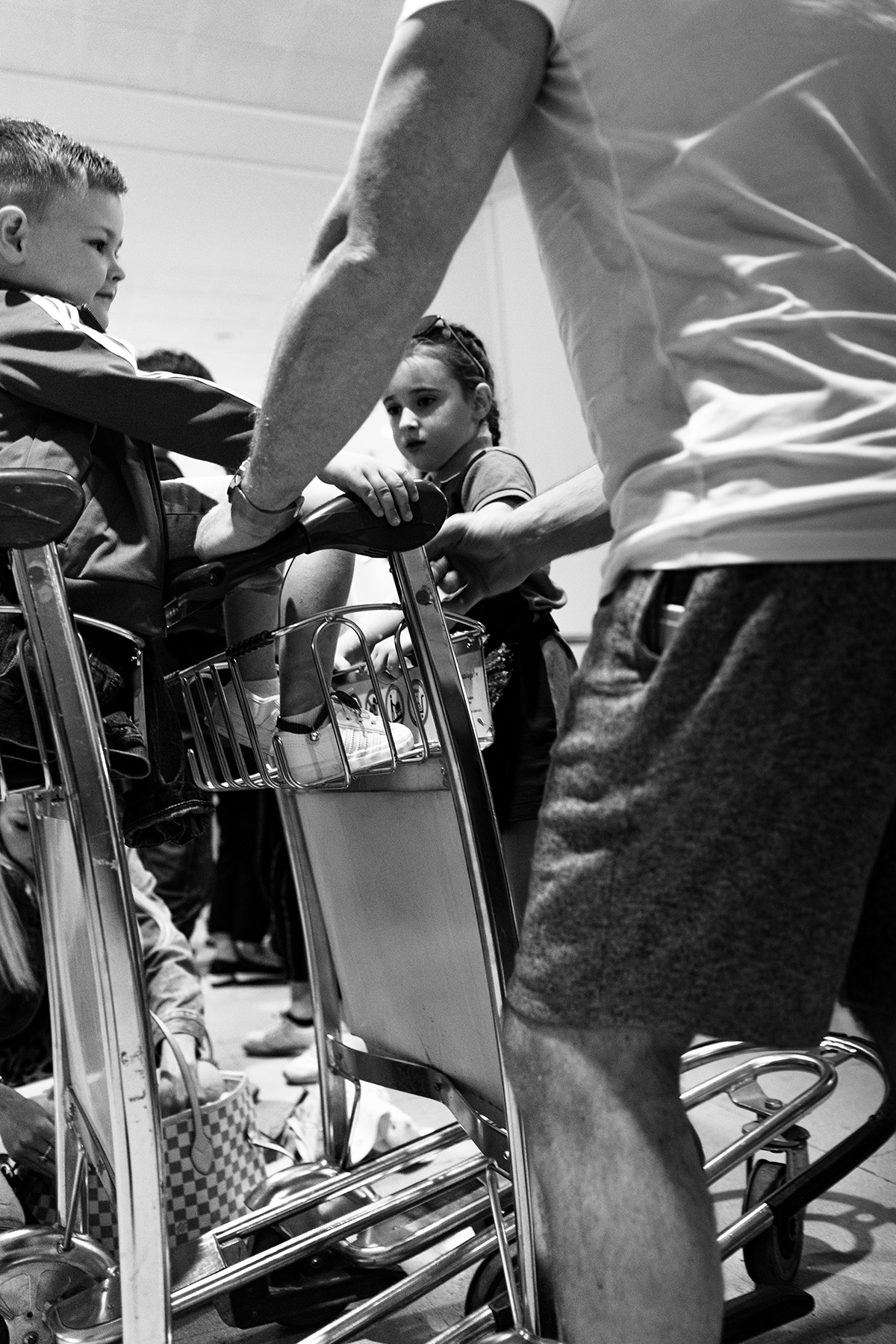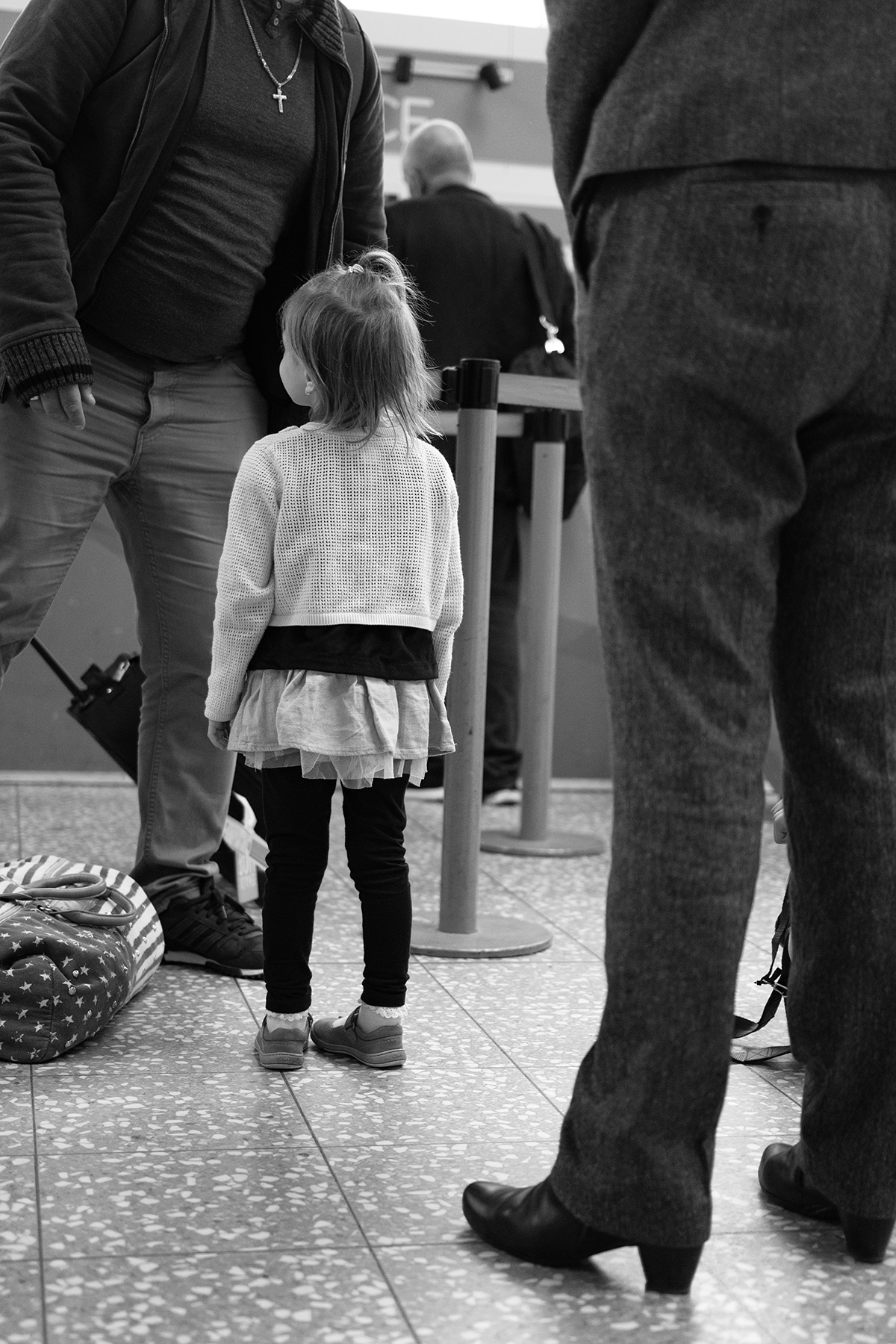Have you ever heard about the Mile High Club? This exclusive "club" has fascinated people for decades, sparking curiosity, debates, and even controversy. Whether you're a frequent flyer or simply intrigued by the concept, understanding what the Mile High Club is all about can be both enlightening and educational. In this article, we'll explore the history, myths, and realities surrounding this unique phenomenon.
The Mile High Club is often associated with adventure, spontaneity, and a sense of exclusivity. However, beyond the surface-level intrigue lies a deeper understanding of human behavior, aviation regulations, and the boundaries of personal conduct in public spaces. As we delve into this topic, we'll uncover the facts and separate them from the fiction.
This article aims to provide a thorough, well-researched, and balanced perspective on the Mile High Club. By the end of this guide, you'll have a clearer understanding of its origins, implications, and the ethical considerations surrounding it. Let's take off and explore the skies of this fascinating subject together.
Read also:Embassy Suites Shady Grove Memphis
Table of Contents
- The Origin of the Mile High Club
- What Exactly is the Mile High Club?
- The Popularity of the Mile High Club
- Legal and Ethical Considerations
- How Airlines Handle the Mile High Club
- Risks and Safety Concerns
- Statistics and Studies on the Mile High Club
- Common Myths About the Mile High Club
- Celebrities and the Mile High Club
- Conclusion and Final Thoughts
The Origin of the Mile High Club
The Mile High Club is believed to have originated in the early days of commercial aviation. While there is no definitive record of its inception, the concept likely emerged as air travel became more accessible to the general public. The term "Mile High Club" refers to the act of engaging in intimate activities at an altitude of at least one mile above sea level.
Historical accounts suggest that the idea gained traction during the 1950s and 1960s, a time when air travel was seen as glamorous and luxurious. Passengers aboard propeller-driven aircraft often had more privacy and comfort than modern flyers experience today, making it easier for adventurous couples to indulge in such activities.
Over the years, the Mile High Club has evolved from a niche concept into a global phenomenon, sparking debates about privacy, ethics, and aviation regulations. As we'll explore in the sections below, this evolution has brought both challenges and opportunities for airlines and passengers alike.
What Exactly is the Mile High Club?
Defining the Concept
At its core, the Mile High Club refers to the act of engaging in intimate activities at an altitude of at least one mile above sea level. While the term is often used lightheartedly, it carries significant implications for both individuals and airlines. For many, joining the Mile High Club symbolizes adventure, spontaneity, and a sense of exclusivity.
However, it's important to note that the Mile High Club is not an official organization or membership club. Instead, it exists as a cultural phenomenon driven by human curiosity and the allure of breaking social norms in unique environments.
The Popularity of the Mile High Club
Why Has It Captured Public Imagination?
The Mile High Club's popularity can be attributed to several factors. First, the idea of engaging in intimate activities at high altitudes taps into the human desire for novelty and adventure. Second, the concept aligns with the glamour and excitement associated with air travel, particularly in its early days.
Read also:Journey To The Center Of
Moreover, media coverage and celebrity anecdotes have contributed to the Mile High Club's mystique. Movies, TV shows, and even reality programs have featured scenes or discussions about the phenomenon, further fueling public interest. However, it's essential to recognize that these portrayals often exaggerate or romanticize the reality of the situation.
Legal and Ethical Considerations
While the Mile High Club may seem like a harmless act of spontaneity, it raises important legal and ethical questions. Engaging in intimate activities on an airplane can violate aviation laws, disrupt other passengers, and compromise safety protocols.
Most airlines have strict policies prohibiting such behavior, and offenders may face fines, bans, or even criminal charges. Additionally, ethical considerations come into play when discussing privacy, consent, and respect for fellow travelers. It's crucial for passengers to understand and adhere to these guidelines to ensure a pleasant and safe flight experience for everyone involved.
How Airlines Handle the Mile High Club
Policies and Procedures
Airlines have developed comprehensive policies to address the Mile High Club and similar behaviors. These policies typically include:
- Clear guidelines on acceptable behavior in-flight
- Training for crew members to handle disruptive situations
- Security measures to maintain passenger safety and comfort
While some airlines may adopt a lenient approach, others enforce strict penalties for violators. Ultimately, the goal is to create a harmonious environment where all passengers can enjoy their flight without disruption.
Risks and Safety Concerns
Understanding the Potential Dangers
Engaging in intimate activities at high altitudes poses several risks that passengers should consider:
- Compromised safety due to lack of oxygen or cabin pressure changes
- Increased likelihood of disturbing other passengers
- Potential legal consequences for violating airline policies
Passengers must weigh these risks against the allure of the Mile High Club and make informed decisions about their behavior during flights.
Statistics and Studies on the Mile High Club
While hard data on the Mile High Club is scarce, several studies and surveys have attempted to quantify its prevalence. According to a 2018 survey conducted by a travel website, approximately 10% of respondents admitted to joining the Mile High Club at least once in their lives.
Another study published in the Journal of Aviation Law and Commerce highlighted the challenges airlines face in addressing this behavior. The research emphasized the need for clear communication, effective enforcement, and passenger education to mitigate the risks associated with the Mile High Club.
Common Myths About the Mile High Club
Separating Fact from Fiction
Over the years, numerous myths have emerged about the Mile High Club. Here are some of the most common misconceptions:
- Myth 1: Joining the Mile High Club is legal in all countries. Fact: Laws vary by jurisdiction, and many countries prohibit public indecency on airplanes.
- Myth 2: Airlines encourage the Mile High Club as a marketing strategy. Fact: Most airlines actively discourage such behavior due to safety and ethical concerns.
- Myth 3: The Mile High Club is a recent phenomenon. Fact: The concept dates back to the early days of commercial aviation.
Celebrities and the Mile High Club
High-Profile Stories
Celebrities have long been associated with the Mile High Club, with numerous anecdotes and rumors circulating in the media. While some stories may be true, others are likely exaggerated or fabricated for entertainment purposes.
For instance, actor Tom Cruise reportedly mentioned the Mile High Club during an interview, sparking widespread discussion. Similarly, musician Iggy Azalea shared her experience on social media, further fueling public interest in the phenomenon.
While these stories add to the allure of the Mile High Club, it's important to remember that they represent a small fraction of the overall experiences associated with air travel.
Conclusion and Final Thoughts
In conclusion, the Mile High Club remains a fascinating and often controversial topic in the world of aviation. While its origins date back to the early days of commercial air travel, its relevance continues to evolve in response to changing societal norms and technological advancements.
As we've explored throughout this article, the Mile High Club raises important questions about privacy, ethics, and safety. Passengers must weigh the risks and rewards of engaging in such activities and adhere to airline policies to ensure a pleasant experience for all onboard.
We invite you to share your thoughts and experiences in the comments below. Have you ever heard of the Mile High Club? What are your views on this phenomenon? Don't forget to explore our other articles for more insights into the world of aviation and beyond!


